Asthma is often associated with classic symptoms like wheezing, coughing, and shortness of breath. However, not all asthma attacks present in an obvious way. Some people experience “silent asthma,” a condition where airway constriction occurs without the telltale wheezing. This makes it particularly dangerous, as an asthma attack can go unnoticed until it becomes severe.
What is Silent Asthma?
Silent asthma refers to asthma attacks that occur without the characteristic wheezing sound. Wheezing happens when air struggles to pass through narrowed airways, creating a whistling sound. However, in silent asthma, airway constriction can still happen, but without enough turbulence to produce wheezing. This makes it harder to detect and more likely to escalate into a medical emergency.
Why is Silent Asthma Dangerous?
Since wheezing is often a key warning sign for asthma sufferers, its absence can lead to a false sense of security. Many people with silent asthma may not realize their oxygen levels are dropping until they experience extreme breathlessness, dizziness, or even fainting. This delay in recognition can make treatment less effective and increase the risk of severe attacks.
Symptoms of Silent Asthma
While wheezing might be absent, other symptoms can indicate silent asthma, such as:
- Tightness in the chest
- Shortness of breath that seems mild but progressively worsens
- Fatigue or difficulty performing daily activities
- Feeling lightheaded or dizzy
- Anxiety or restlessness
- Difficulty speaking in full sentences
Who is at Risk?
Silent asthma can affect anyone with asthma, but some individuals may be more prone to it. Risk factors include:
- Long-term asthma that has led to decreased airway sensitivity
- Frequent use of quick-relief inhalers, which might mask symptoms
- Poor asthma control due to inconsistent medication use
- High tolerance to breathlessness, especially in athletes or those accustomed to physical strain
Diagnosing Silent Asthma
Since symptoms are subtle, doctors often rely on lung function tests to diagnose silent asthma. These tests measure how well your lungs are working and can detect airway constriction even if you don’t feel short of breath. Some common diagnostic tools include:
- Peak Flow Meter: Measures how fast you can exhale, helping to track changes in lung function.
- Spirometry: Evaluates lung function by measuring the amount and speed of air exhaled.
- Pulse Oximetry: Measures oxygen levels in the blood, indicating if silent asthma is affecting oxygen intake.
Managing and Preventing Silent Asthma Attacks
- Monitor Symptoms Closely – Pay attention to subtle signs like fatigue, chest tightness, or difficulty speaking. Using a peak flow meter daily can help detect changes before they become severe.
- Follow Your Asthma Action Plan – Stick to your prescribed medications, including maintenance inhalers, even when you feel fine.
- Recognize Triggers – Common triggers like allergens, cold air, pollution, and stress can still cause silent asthma attacks.
- Regular Check-Ups – Routine visits to your doctor help monitor lung function and ensure your treatment is effective.
- Emergency Preparedness – If you ever feel sudden chest tightness or extreme fatigue, use a quick-relief inhaler immediately and seek medical help if symptoms persist.
My Personal Experience with Silent Asthma
As a child, my asthma attacks were always obvious. I would experience wheezing, coughing, and visible difficulty in breathing. However, as I entered my 20s, my asthma attacks changed. They became silent, making them harder to detect. There were instances where I felt a strange fatigue and mild chest tightness but dismissed them, only to realize later that I was experiencing an asthma flare-up. Learning to recognize these subtle signs has been crucial in managing my asthma effectively.
Conclusion
Silent asthma is a serious but often overlooked form of asthma. Without wheezing as an early warning, attacks can escalate quickly and become life-threatening. By understanding the risks, recognizing symptoms, and staying proactive with treatment, individuals with silent asthma can manage their condition more effectively. If you or someone you know experiences unexplained shortness of breath or fatigue, it’s essential to consult a doctor and get tested for asthma. Awareness and early intervention can make all the difference in preventing severe attacks.
Please share your experience in the asthma friend community.












